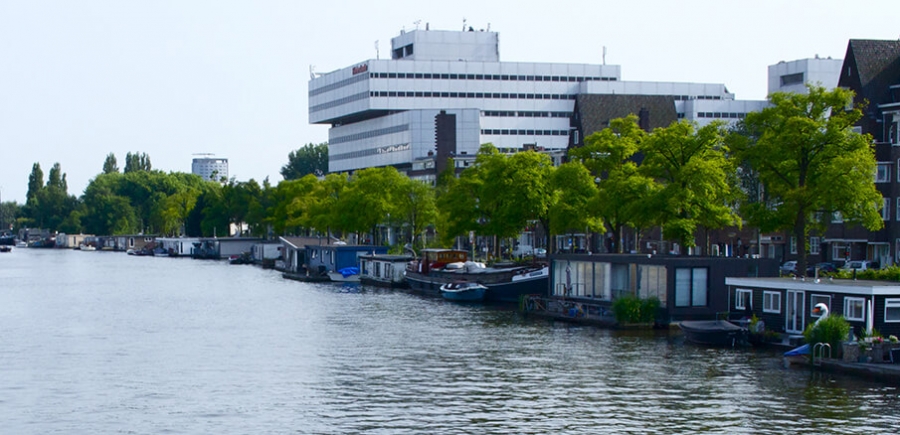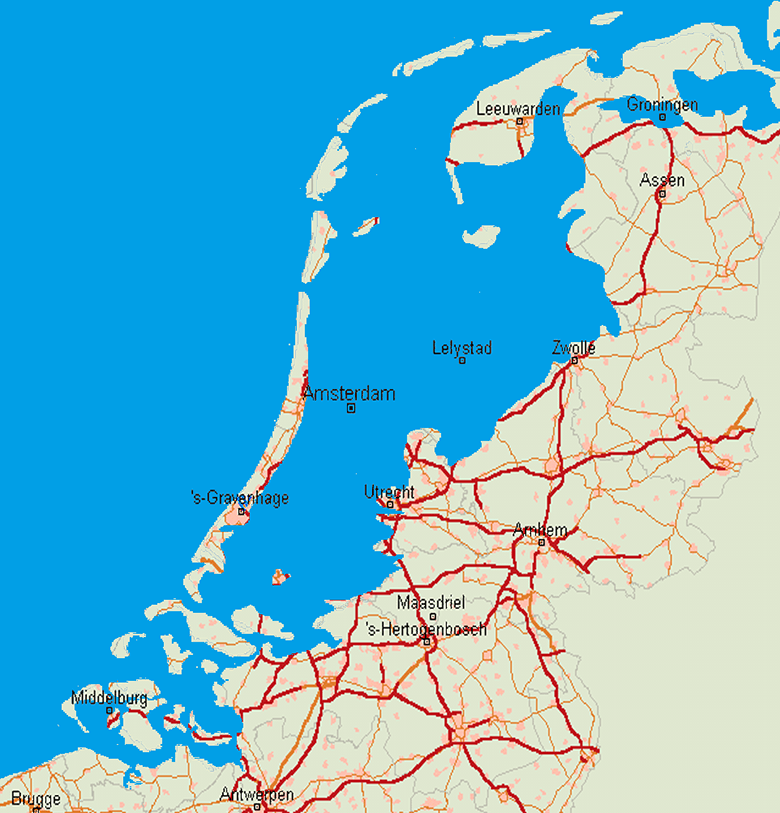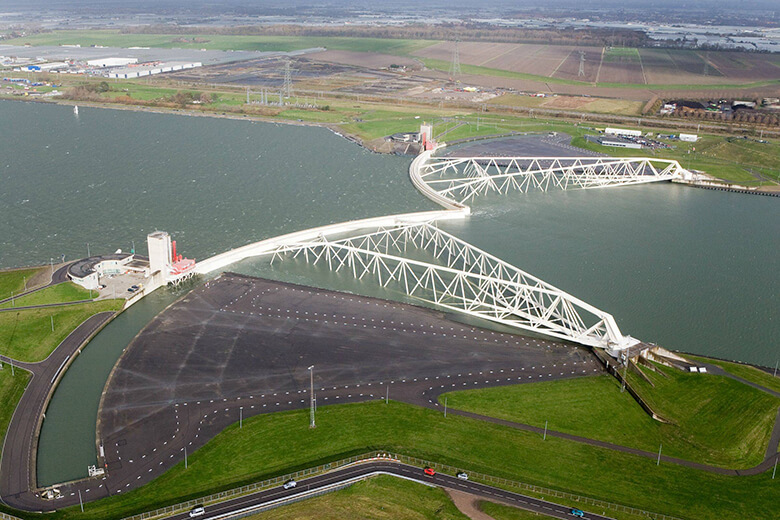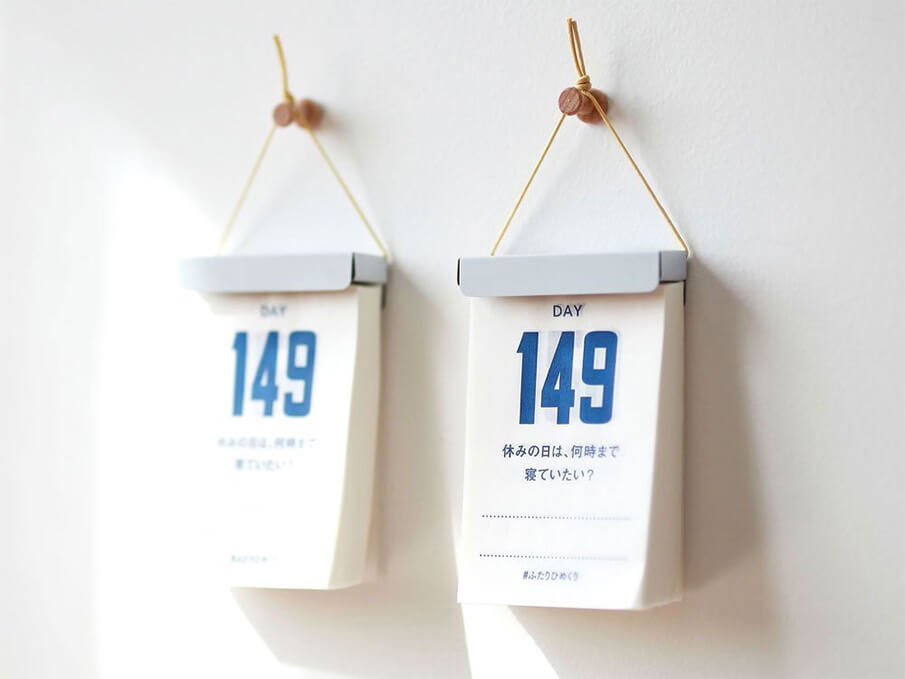海抜ゼロメートルの国、オランダThe country under the sea(level)
ナナです。皆さん、こんにちは。私の出身地であるオランダはチューリップと風舎、木靴、チーズ、運河、自転車などが有名な国です。実はそれだけではなく、オランダは最も低い地域が海抜−6.76メートルという「海抜ゼロメートルの国」なんです。ご存知でしたか?
Hello it’s Nana! As you know by now, I am from the Netherlands, a country that is known for the tulip flowers, windmills, wooden shoes, cheese markets, canals of Amsterdam and millions of bicycles.
Netherlandsの意味
オランダでは海から押し寄せる洪水から街を守るために、洪水コントロールシステムや、人口の防壁、ダム、水門などが造られています。オランダという国名は英語だと「Netherlands」ですが、これはオランダ語で「低い土地」という意味なんです。国の表面積のおよそ半分が海抜1メートル未満であるからこその名称ですよね。
ちなみに私の実家は海抜-4.2メートル。もし防壁がなかったら、存在できていなかったかもしれません。
海との“戦い”
オランダが直面している海との“戦い”は昔から今もなお続いています。そして最近は気候変動が急速に進んでいるため、さらなる予防策が必要になってきています。しかし、なぜオランダは長い間いわゆる海面下で存在することができているのでしょうか。
オランダで最初の堤防が築かれたのは約1000年前、農家が土地を耕して農業を始めるために建設しました。そして14世紀以降、陸から水をポンプで排出するために風舎が造られ、オランダ人はゆっくりと海からの再生を進めてきました。
1953年、北海の洪水を引き起こした大きな嵐によって多くの市民が犠牲になりました。オランダ人はこれを二度と繰り返さないようにと、南オランダ州とゼーラント州をダムでつなげるための委員会を設立しました。
このプロジェクトは「デルタ計画」と呼ばれています。
海と向き合う取り組み
「デルタ計画」は錠、水門、水路、橋、スロープ、ダム、防波堤などのあらゆる手段を同時に使って広域の氾濫を防いできた、大変複雑なプロジェクトです。そのおかげでオランダの土地は長い間平穏を保つことができました。
この成功はほかの国にも影響を与えています。例えば東京の高性能な「デルタ防壁」もその一つです。ただし日本の防壁はオランダのものに比べて、地震に耐えうる設計になっていなければいけないという違いがあるようです。
「デルタ計画」のほかにも、最近ではさらにエコなプロジェクトも出てきています。
「サンド・モーター(別名サンド・エンジン)」はオランダ人が自然に対抗するのではなく、自然と共存していくための実験的な計画です。
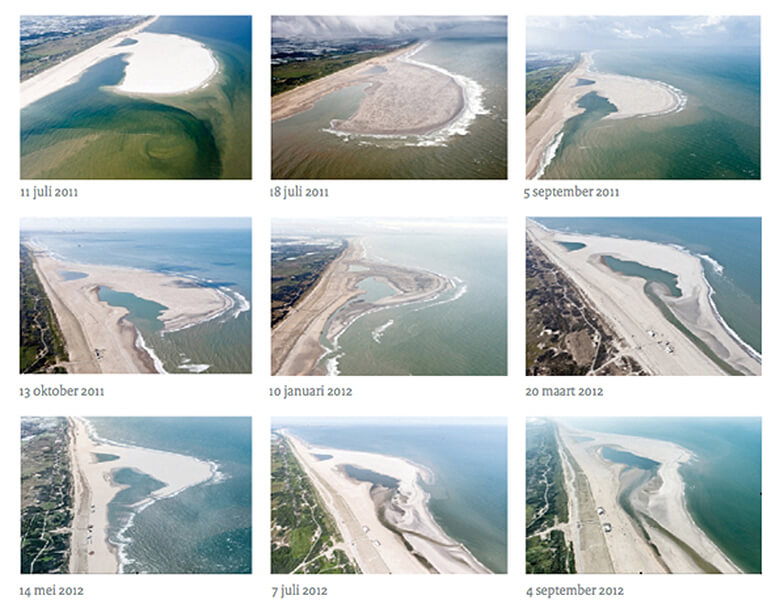
引用元:http://www.satellietgroep.nl/
砂浜の沖合1kmにフック型の長さ2kmの半島を作り、自然の力で砂を移動させて砂をあるべき場所に戻そうとしたのです。もしこれが成功すれば、より持続可能で且つ自然な方法で海岸を保護できるようになります。
私の海への思い
福岡もオランダと同じように海と関わりが深い場所ですよね。海はとても美しいですし、私も大好きです。でもオランダでは、まるで海が「元の姿に戻りたい」と主張しているようにも感じます。そんな“海の声”を聞かない限り、オランダと海との“戦い”はきっと終わらないと思います。
原文はコチラ
日本語版翻訳:舘 紗也子
*
私たちは、幅広いクリエイティブに携わっているデザインカンパニーです。向上心が豊かで私たちの仲間になってくれるデザイナーやディレクター、エンジニアを随時募集しております。我こそはと思われる方のご応募を心よりお待ちしております。
また、ブランディングについて詳しく知りたい方は下記をご覧ください。

ブランディングについて | ブランコ株式会社
What sometimes is left out is the fact that the Netherlands is a country that exists under the sea level, with the lowest point being -6.76 meters. Flood control, human-made dikes, dams and floodgates provide a defense against storm surges from the sea, which we need. The ‘Netherlands’ translates to ‘Low Country’ in Dutch. This is due to the fact that about half of the surface area is less than 1 meter above sea level. My home itself is located -4.2m under sea level and if it weren’t for the dikes, the country would look very different.
The Dutch battle against the sea never stops, and now with the climate change growing rapidly, The Netherlands has to take extra precautions to prevent being engulfed by the sea. But how have they been able to survive so long ‘under the sea’?
It all started approximately 1000 years ago when farmers started building the first dykes in order to gain land and to start farming. Windmills have been pumping the water off the land since the 14th century and slowly the Dutch started claiming land from the sea.
In 1953 there was a heavy storms which caused the North Sea flood, leading to the deaths of many. The Dutch swore that this would never happen again. A commission was installed and a plan was made to connect the South Holland province with Zeeland through dams. This project was called the Delta Works.
The Delta Works is a complicated collection of locks, sluices, channels, bridges, slides, dams, dikes, storm surge barriers and gates working together to prevent the flooding of a large area of land. It has been successful in keeping the land dry. The Delta Works was successful enough to have inspired other countries, such as the multifunctional delta dikes in Tokyo, Japan.
One important factor that differs between the dikes in the Netherlands and Japan, is the fact that the dikes in Japan have to be earthquake resistant while the dikes in the Netherlands do not.
Besides the Delta Works, a more recent and ecological project emerged. The Sand Motor (also known as The Sand Engine) is an experiment and a way for the Dutch to build together with nature, instead of against it. By depositing sand into the sea at the range of 1km into the sea and 2 km wide where it joins the shore, they let nature pick up the sand and let it be relocated to where it had to be. It is a unique project that if successful will be able to protect the coast in a more sustainable and natural way.
The deadly beauty known as the sea is a beautiful but strong force that wants to claim back what was hers, making the battle against the sea a continuous one.


